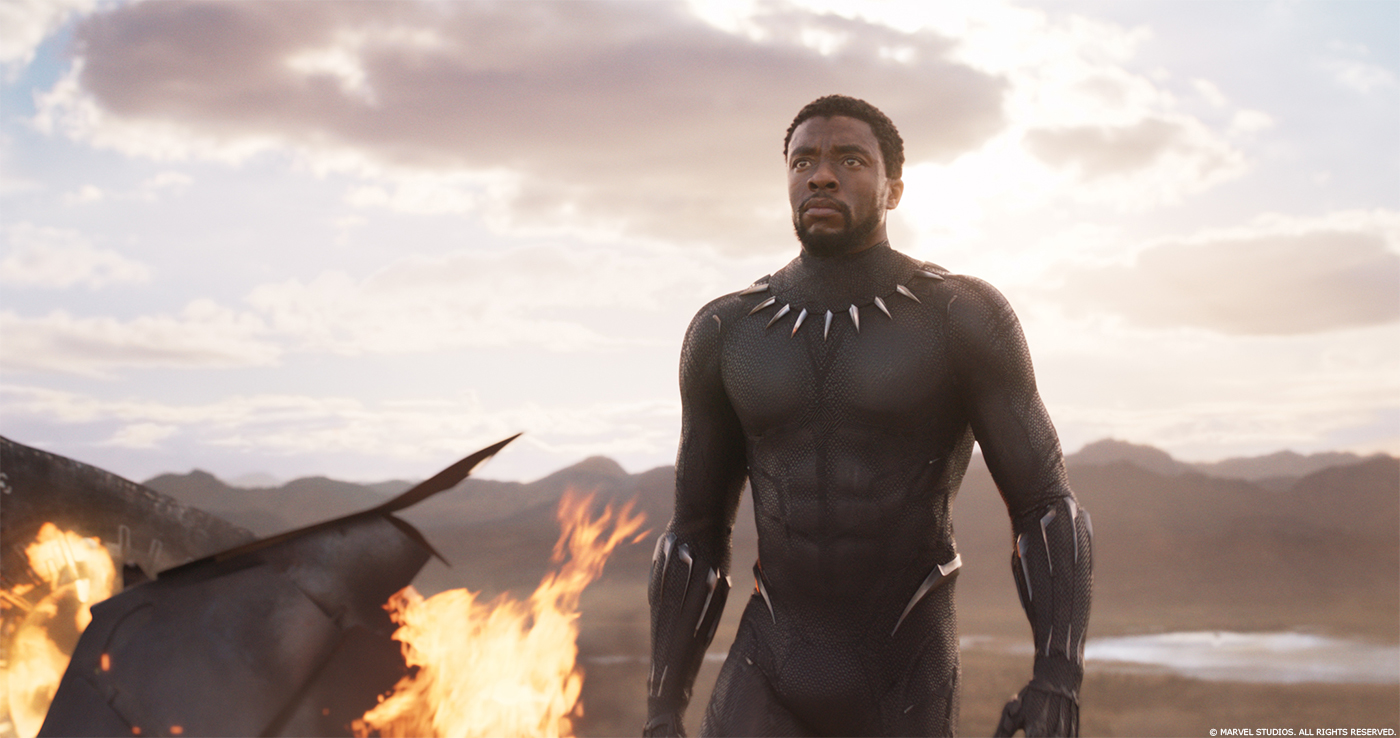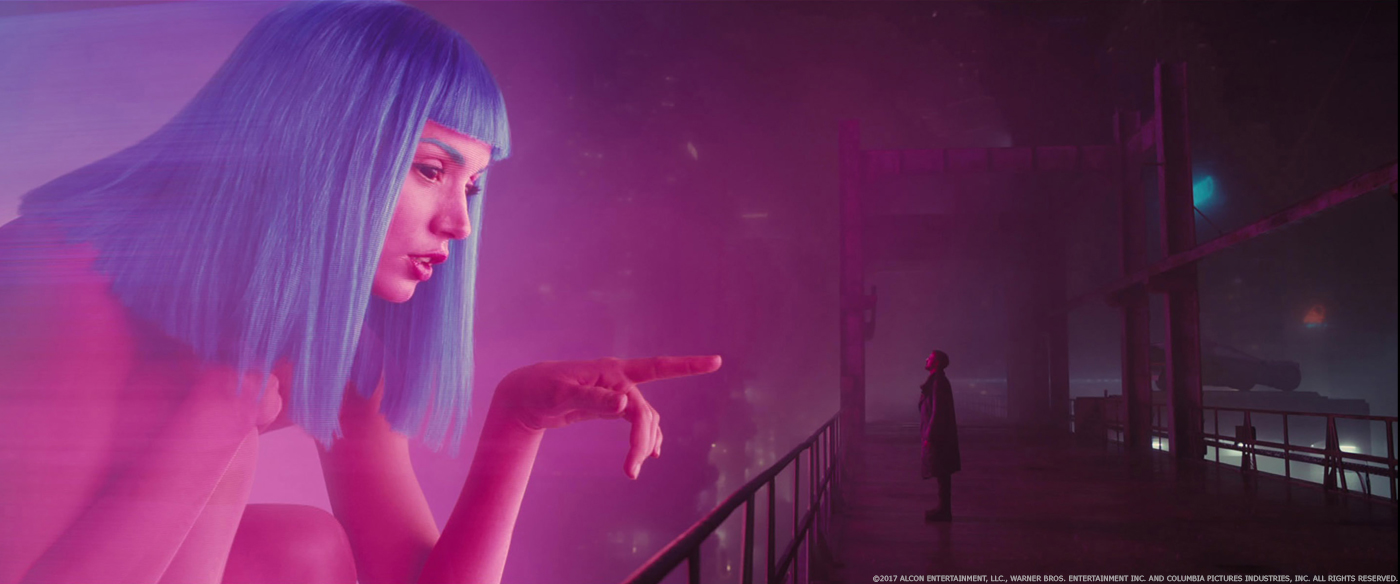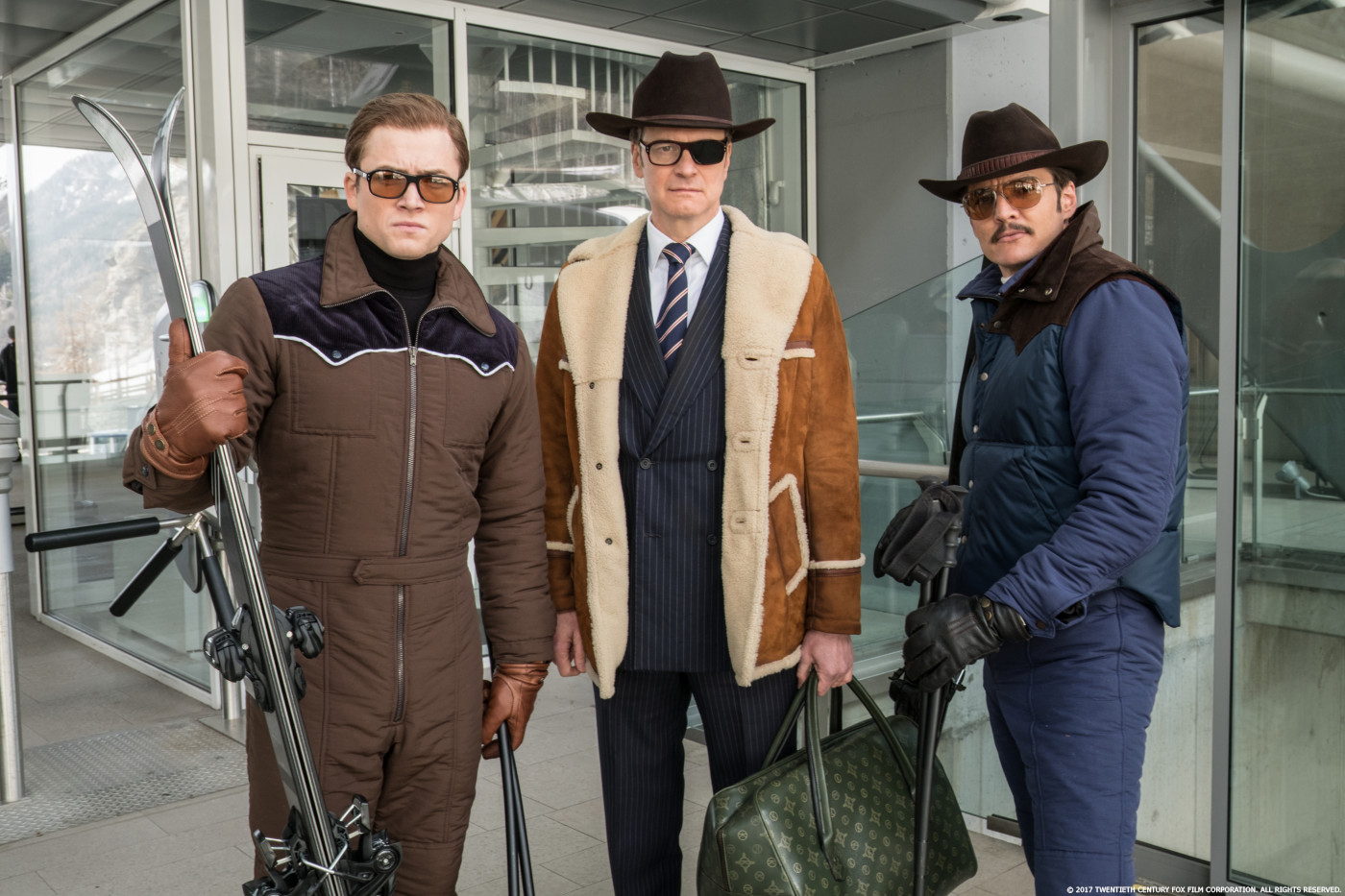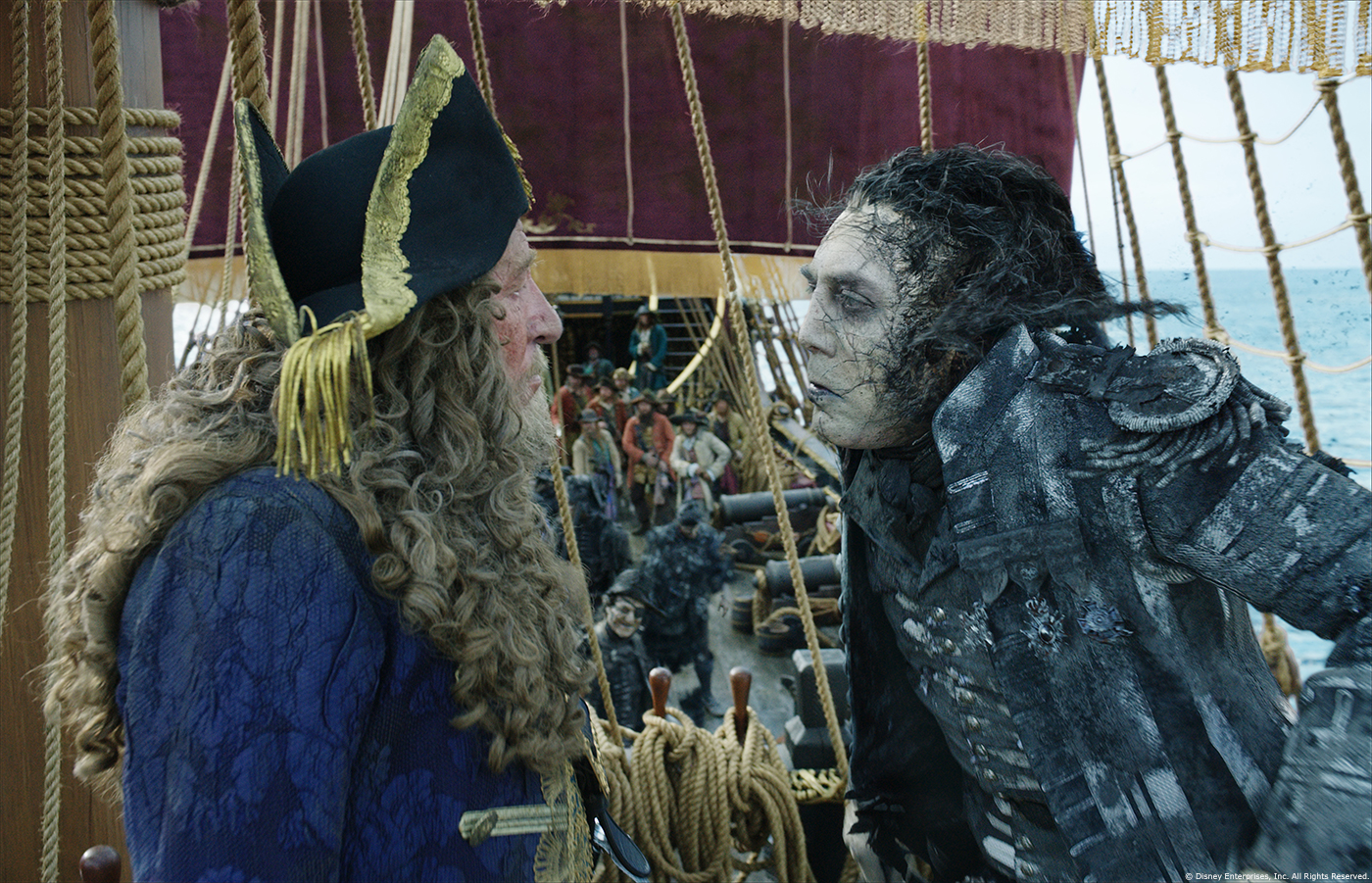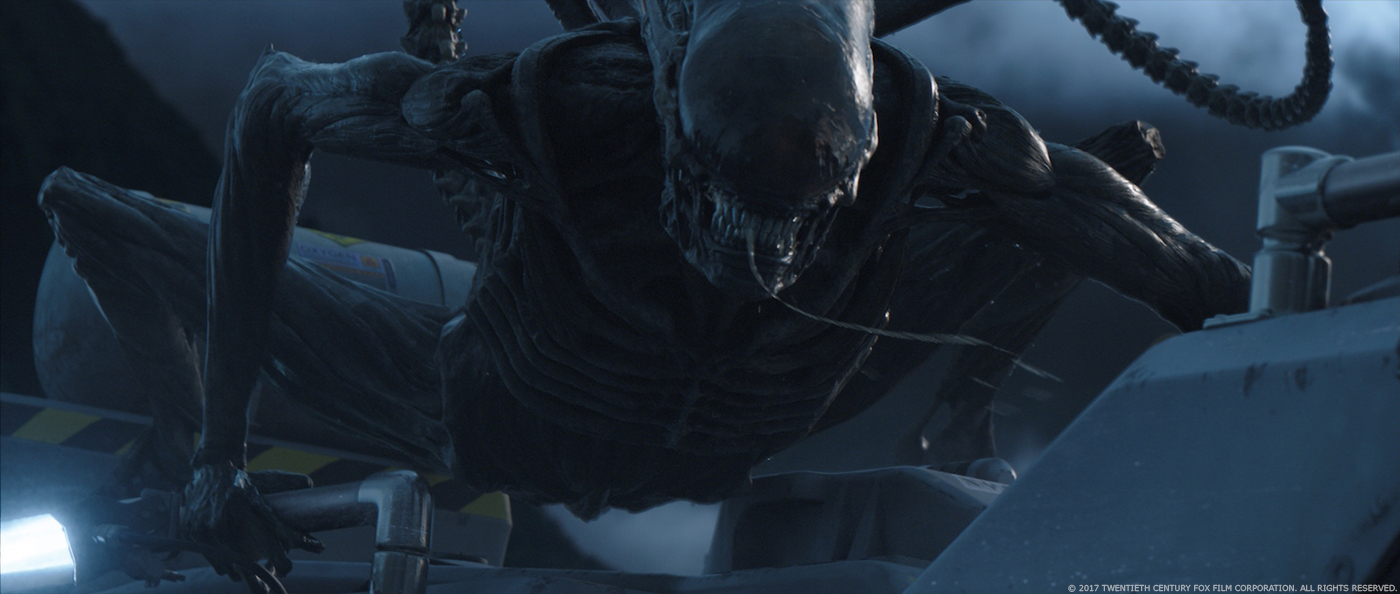After working on the animated series POLLUX in 2007, Sirius Buisson joined the teams of Buf Compagnie where he worked on projects such as SPEED RACER, AVATAR or THOR. He was also on set VFX supervisor for ADÈLE BLANC-SEC. He has joined MPC to work on WRATH OF THE TITANS. In the following interview, he talks about his work as supervisor of the short film WELCOME TO HOXFORD.
What is your background?
I started to work on the animated series POLLUX at Action Synthèse at the end of 2007.
Then I joined Buf Compagnie where I worked at for three years and a half, and where I had the opportunity to work on different feature films as well as commercials. I worked on animated feature films such as ARTHUR & THE REVENGE OF MALTAZARD, but mostly on live films that integrate vfx like SPEED RACER, AVATAR, L’ASSAUT or even THOR.
During this time, I also had the chance to go supervise on the ADÈLE BLANC-SEC film shoot, which have been very enriching for me.
And last September, I threw myself into the project WELCOME TO HOXFORD.
How was the collaboration with director Julien Mokrani?
The collaboration with Julien was very interesting. We didn’t necessarily have the same background, yet it was very easy to get on with him and we could quickly decide together on which direction to take.
Julien is ready to listen to what we can bring to him, he always lets a bit of creativity while knowing very well what image he wants to obtain. And also, we share a common passion for comic strips, which enabled us to collaborate easily on the whole work of graphic adaptation.
How did you get involved on this project?
I got involved on this project thanks to Hélène Saint-Riquier, the vfx producer of the film, with who I had already worked on a Nina Ricci advert at Buf Compagnie. She told me about it very early, when the film was still being written. They were looking for an on set supervisor. The project, as well as the idea of working again on a film shoot, seduced me straight away.
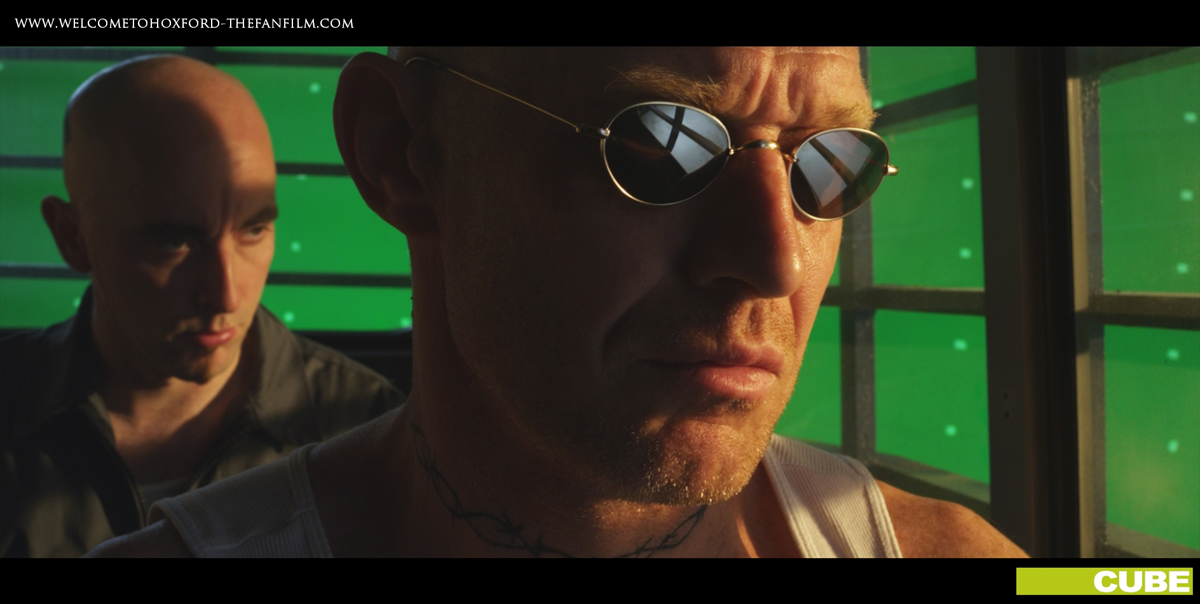 |
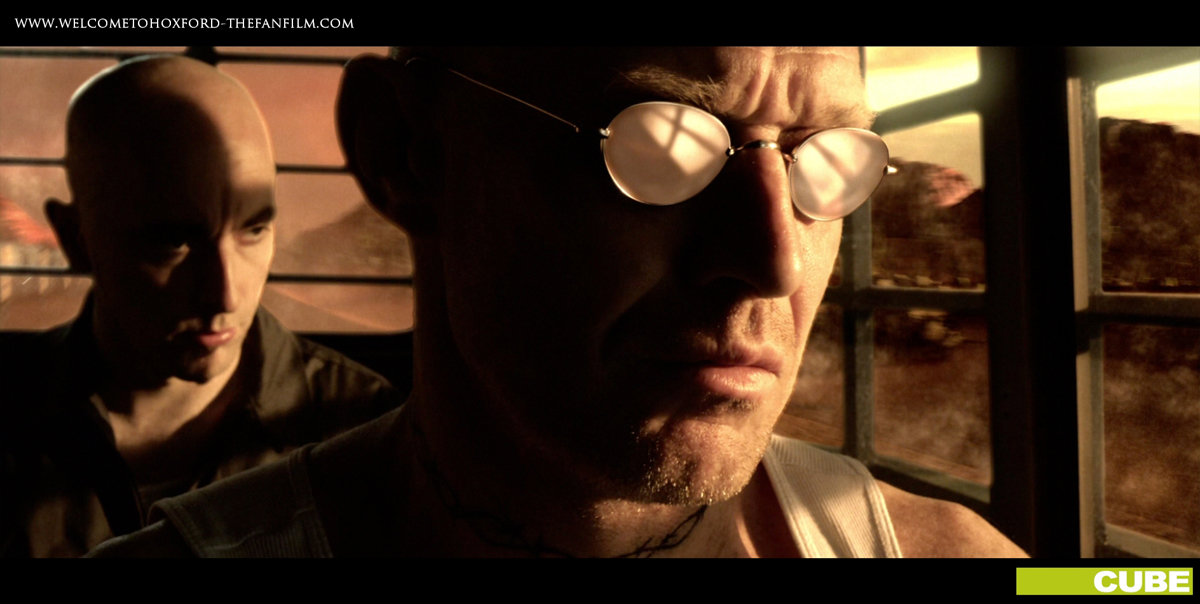 |
Can you explain to us in details your role in this project?
Firstly, my role was to prepare and supervise the film shoot for the vfx part. Therefore, I worked before with the whole team to determine what would be live and what would be CG, and to anticipate the film shoot to the maximum in advance to assure a good post-production material(green screens, trackers, clean shots…).
During the film shoot, there were a lot of photo shoots in order to have as many references as possible (hdri maps, props references, positioning and measures of the different sets…), and, of course, a rigorous gathering of much information on the camera, the sets and the lighting to be able to recreate each element in 3D if necessary.
It really was a permanent collaboration with each department in order to obtain as much helpful information as possible for the post-production.
Afterwards, I took care of the supervision of the post-production. The work was essentially based on research on the effects designs and also, of course, on a team management.
It was about coordinating several CG artists teams, giving them all the necessary elements for their tasks and conveying the director’s view to them, while finding solutions to succeed in bringing all the plans out within the short given time.
It was also very important to insure the cohesion between every department and to maintain the coherence of the look throughout the whole film (the vfx were divided over 6 different studios).
As everyone came working when it was only possible, I had to take care of the continuity between each step; therefore, I worked on a bit of everything (retopo, script, animation, modelisation, lighting, compositing…).
What was one of your typical days like?
During the film shoot, you run everywhere, especially when two camera teams are shooting at the same time. You try to anticipate everything that’s happening and, mostly, you take down a maximum of notes because if you miss something, you won’t be able to do another take the next day.
Generally, I was getting there early and I was leaving last to make sure I had access to the set and to receive all the information.
In the post-production, it was a lot and a lot of working hours. I was spending my day supervising the CG artists, sending emails and giving phone calls to coordinate everyone.
Later in the evening, when it was a bit more peaceful, I could start doing some shots 🙂
The days were pretty long but very motivating because everybody was passionate, they were there because they wanted to and we all had the same motivation: do something good in a good atmosphere. They really invested themselves, it was a real pleasure to work with everyone and to overcome the difficulties together (and there were some!).
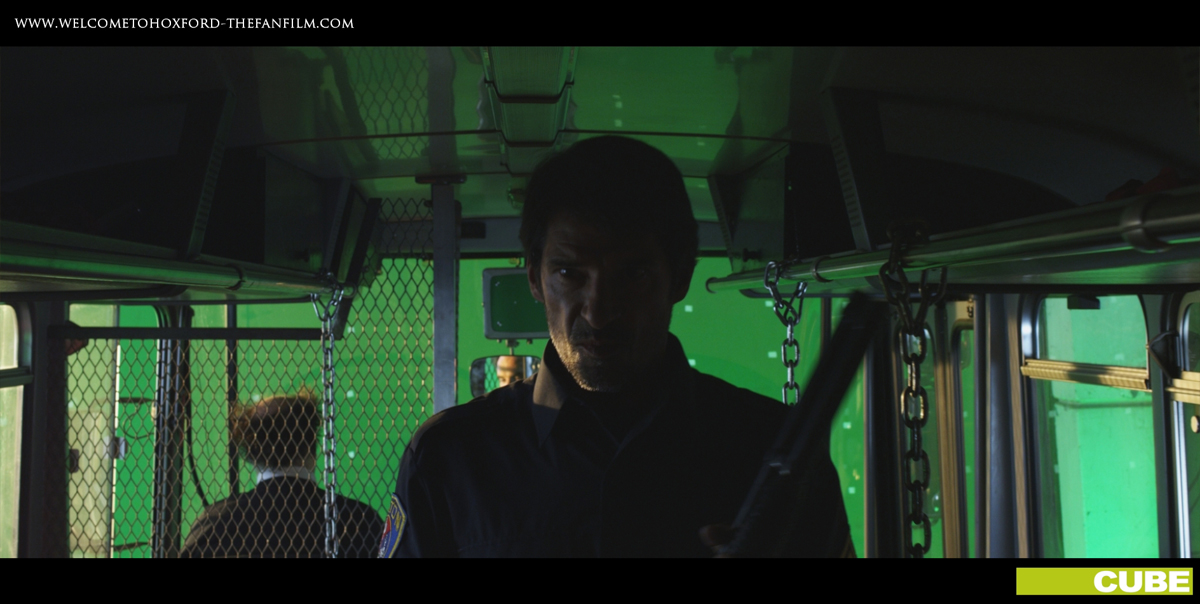 |
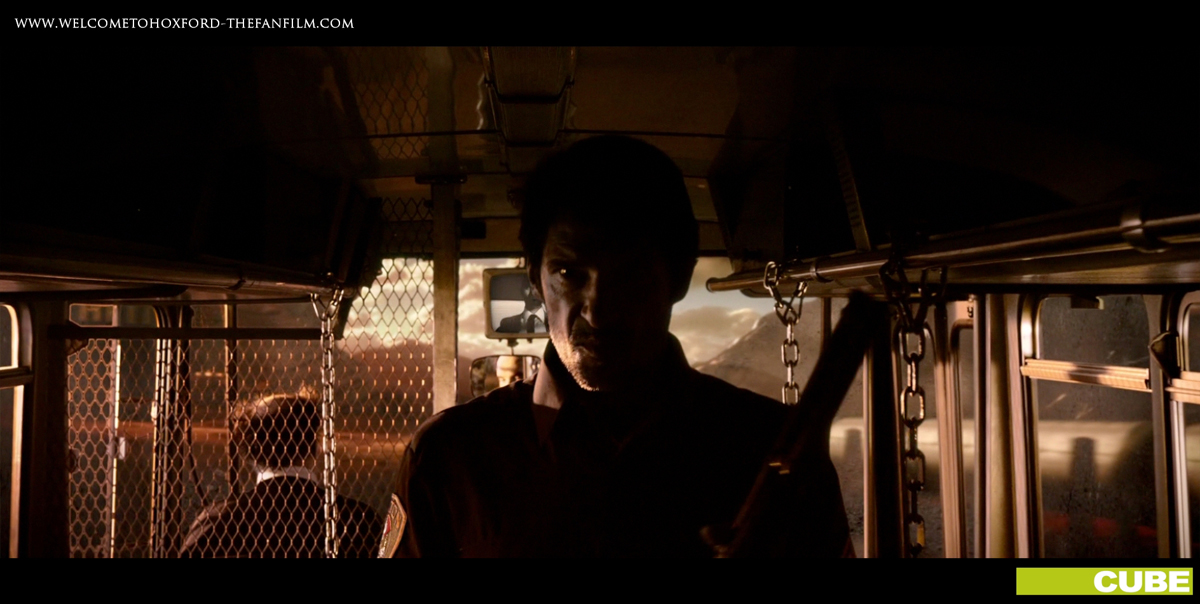 |
How did the film shoot go?
We shot in the Parisian suburb for 5 days.
It was amazing, we had the feeling we were on a Hollywood feature film because the human and technical means were impressive.
Everybody came to work voluntarily, driven by the same motivation: do something huge.
I had the chance to work again with Thierry Arbogast and Jean-Christophe Spadaccini who I had met on Adèle Blanc-Sec. Their help and implication on the project were amazing.
Concerning the vfx, this film shoot really was very pleasant and interesting. I was really able to do all what I needed. The whole team was attentive to the post-production’s needs.
What was the real size of the sets?
There were five different sets, three cells, the bus, the Warden office and the cellar for the scene with the mother.
Almost everything has been built in the studio, which represented an area of about 120 m2. Caroline Thibouville, the production designer, and her team’s work was extraordinary. Everything was built in record time (about 10 days) and with an impressive quality. Everything was planned for the needs of the direction and the vfx: most of the walls and ceilings were removable as well as the bars in the cells.
The sets were a true material for the post-production, we had an amazing base to work on the extensions of the sets, and very rich textures to find the prison’s look.
However, the sets in the transformation sequence, which takes place on the prison roof, were entirely made in 3D for mise en scène reasons. The Parisian studio « Circus » dealt with this part and did an amazing job and, once again, in a short given time.
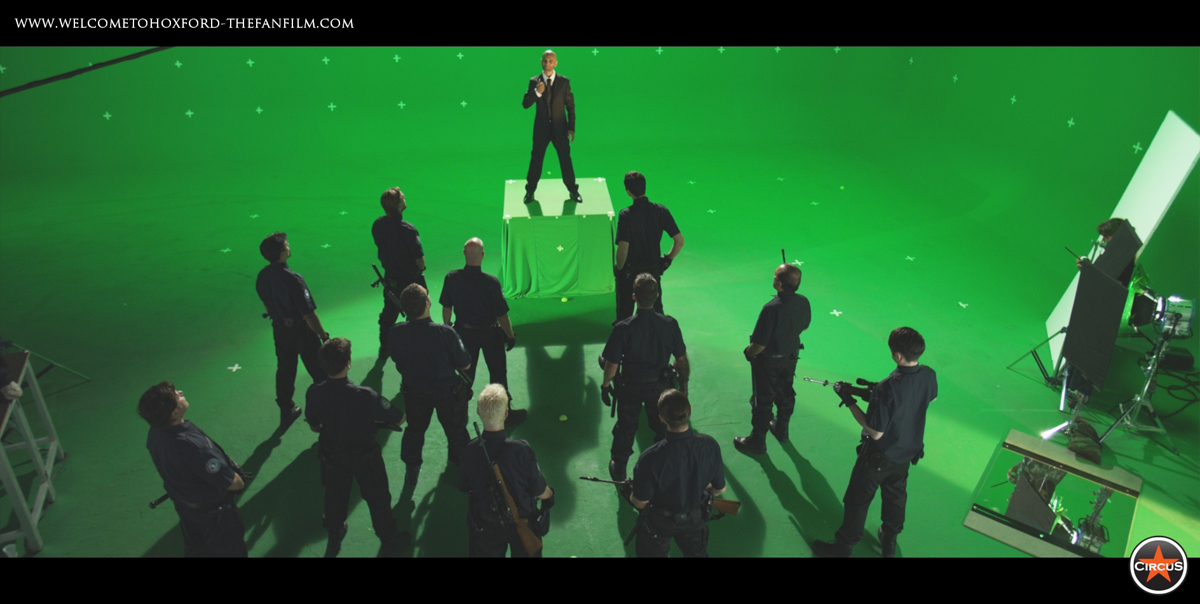 |
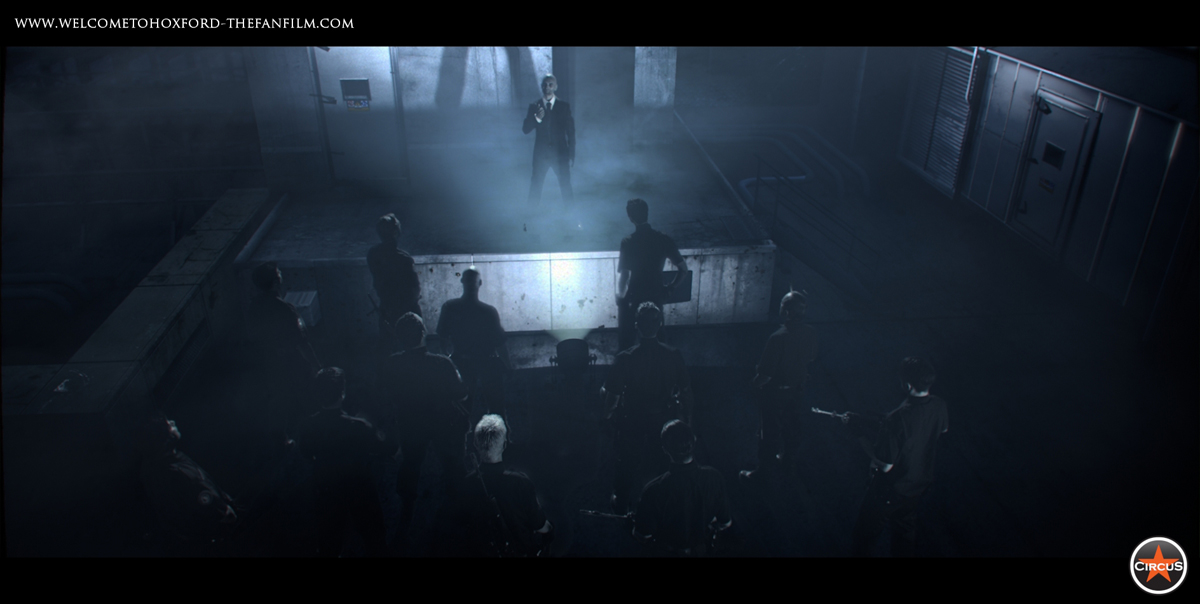 |
Can you tell us more about Raymond’s glasses?
It’s one of the effects that we anticipated the most because it really is one of the important characteristics of the comic strip. It defined the main character. The idea was not to do something too much 2D like, while finding an aspect that’ll keep the strength of comic strip.
During the preparation, we already asked ourselves about Jason’s glasses lenses and we decided, with the director of photography, to use reflective lenses as well as reflectors of different shapes to bring back graphic sides to the reflections.
Therefore, in post-production, we could create our effect directly using the actual reflections.
It took a bit of time to find the right look; the technique we choose brings a more realistic aspect than if we had to replace everything.
Of course we had to rotoscope the glasses carefully and restore the camera team on every shot.
 |
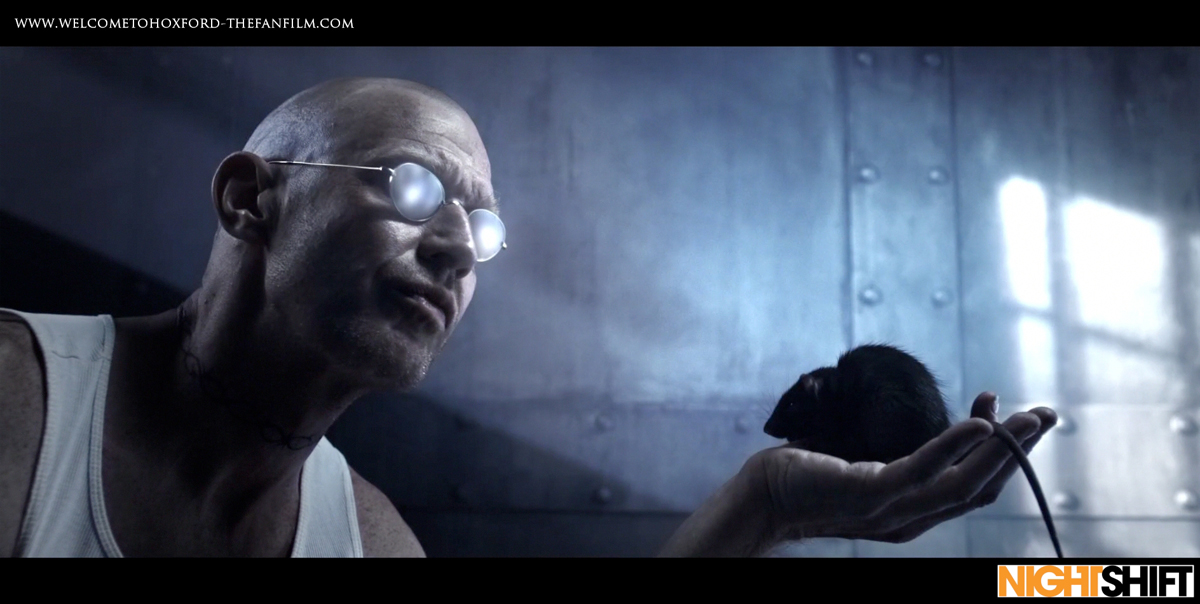 |
How did you create this huge environment outside as well as the prison?
This has been very complicated to set because, at first, we had to go shoot some real sets and then, rework the images to insert the prison and the bus in! Later on, we were forced to make everything in 3D and, inevitably, it took a long time for the set to take shape.
We worked with several speed painters to define the aspect and the volumes. Julien wanted something very precise, hard to get in the given time.
A whole team worked on this part, under the supervision of Cédric Chapeleau, who is used to the construction of large-sized sets. A group of students in third year at Méliès School helped in the setting and the construction of some elements of the sets.
We had to create a plants database and other props to bring a sufficient level of detail to the desert and to the area around the prison.
Then, we used some mapping camera techniques to be able to cover the important surface of the desert and quickly set a working basis for the lighting.
Various Sfx, dust for example, were then necessary to bring life in this full 3D atmosphere.
The compositing was finished on Flame, at Bepong’s, by the brilliant Micha Sher, in order to blend the whole thing and give some shades back. A work on the optics has also been done at this point.
 |
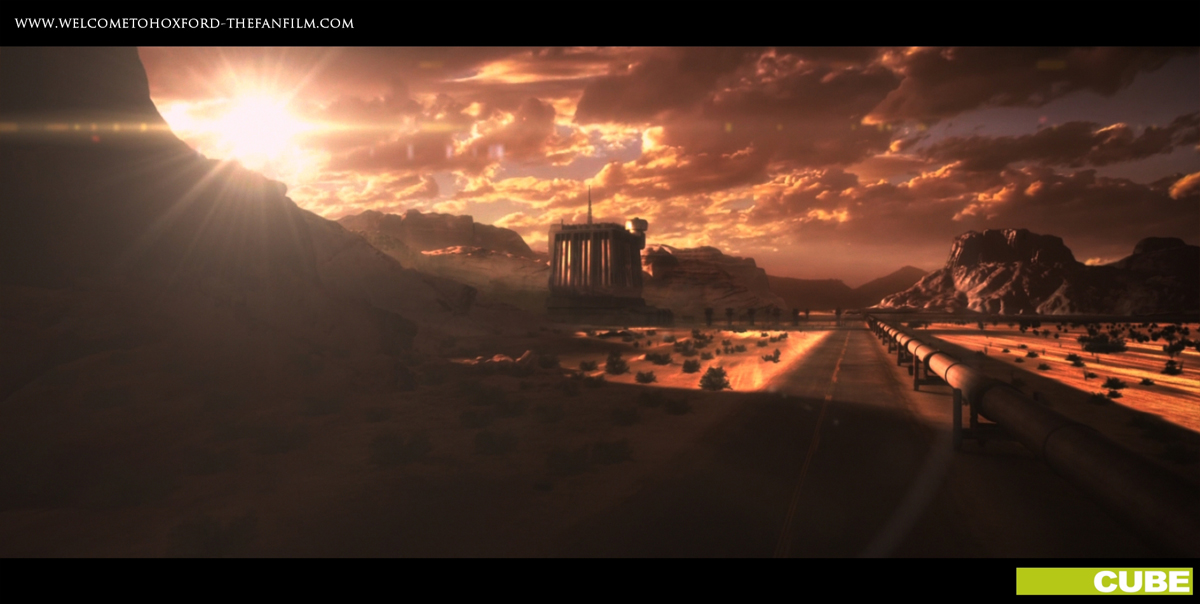 |
For the inside of the prison, speed painters Paul Chadeisson and Olivier Le Gall were proactive. We saw a lot of very different things and we managed to determine the volumes and the lighting from the pre-production. This early work was very useful both for the film shoot and the vfx, the atmosphere was clearly given, and we could progress in the right direction immediately.
Circus, Chez Eddy, Cutback and Cube studios worked together on the creation of the inside of the prison. Each studio worked on specific axis. There were, of course, some common elements such as matte paintings and models.
It really was a common work, some shots came under the extension, some were full 3D. The challenge was to ensure continuity in every axis. In the end, the colour grading on smoke by Cyril Chanterault enabled us to polish this part.
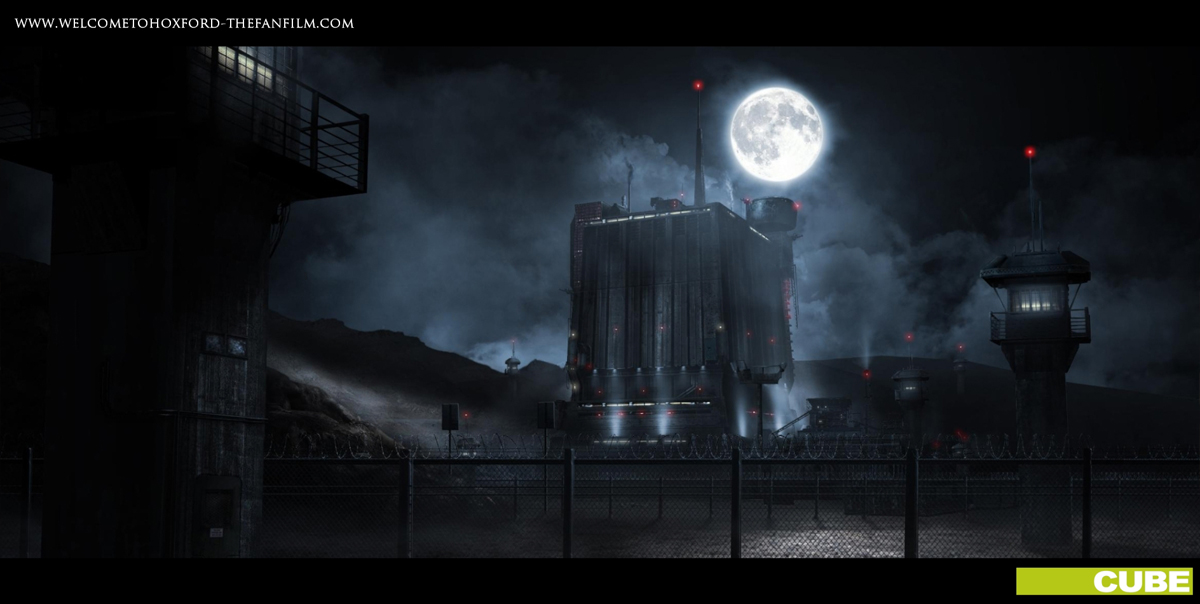 |
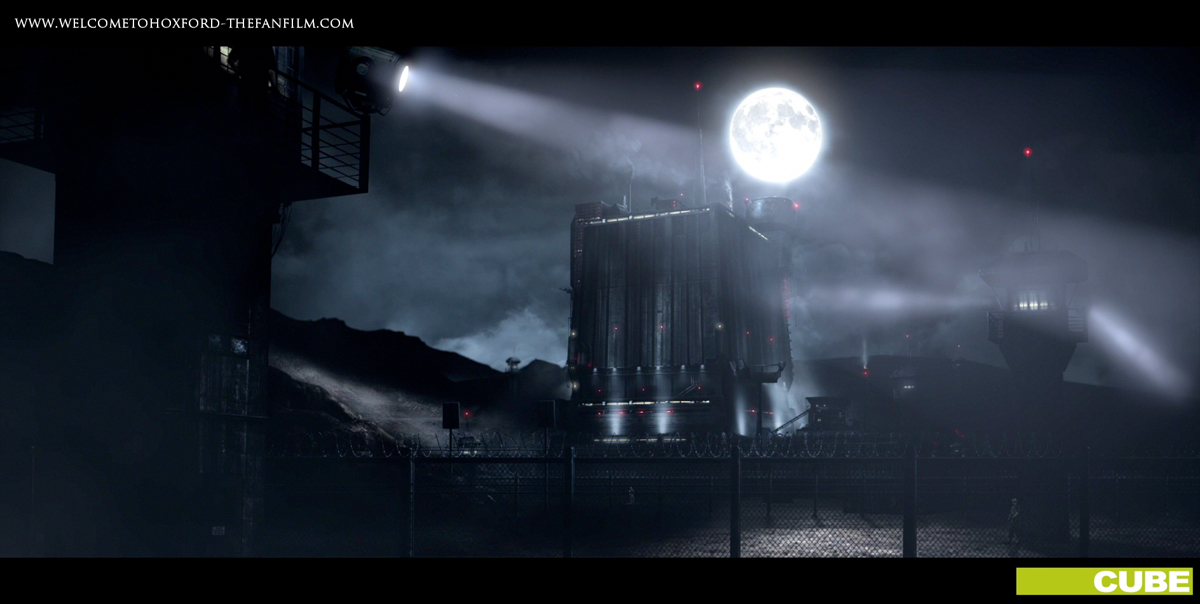 |
Can you tell us in details about Raymond’s dantesque visions?
This effect isn’t much illustrated in the comic book, we had to create something credible and that can be integrated in the atmosphere of the film. We did a lot of 2D research by helping ourselves with other comic strips from the same author, but also by inspiring ourselves with other evident references such as Mignola’s drawings, Lovecraft’s monsters and other creatures from the abyss!
The design concept comes from Mathieu Vavril. He managed to find an insane look that perfectly suits Ray’s fantasy world.
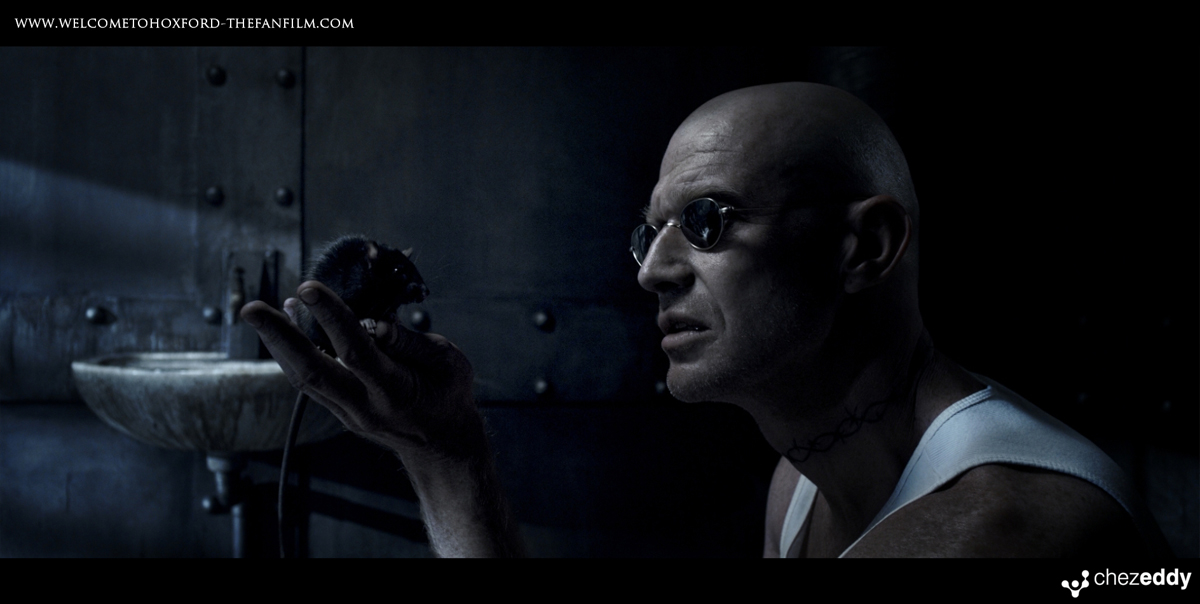 |
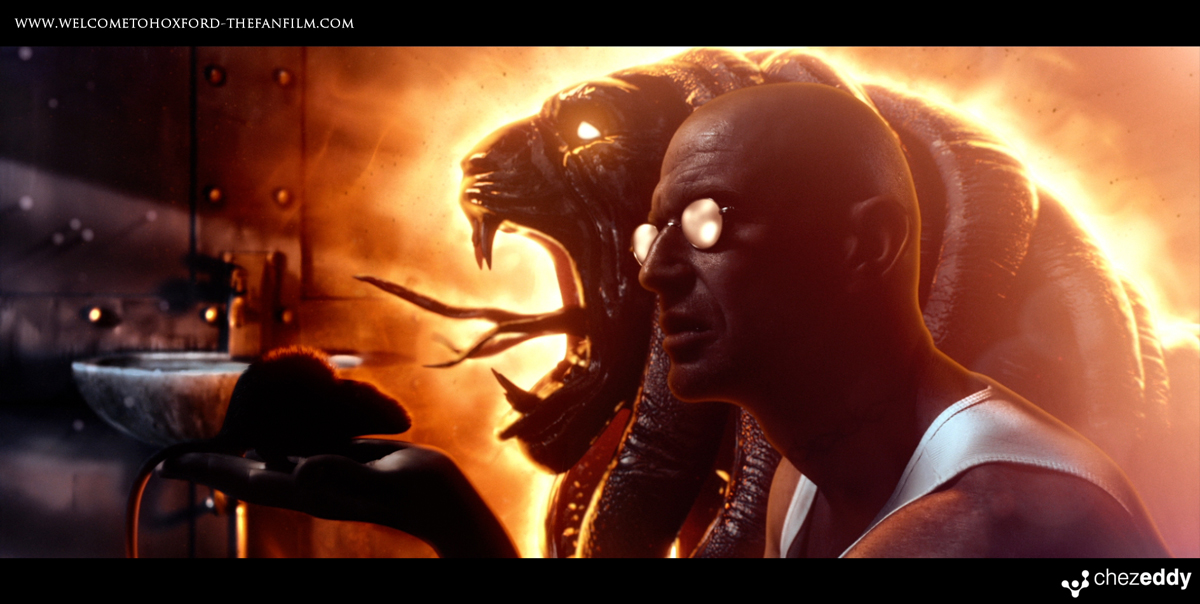 |
How were they created and at which studio?
It’s the company Chez Eddy who gave life to the visions, under the supervision of the talented Jean-Charles Kerninon. We made many tests to be able to integrate the whole into the live images without compromising the work from the DOP. For me, the result works perfectly and we’re completely immersed in the hallucinated world of the character. Their team worked very hard to deliver the final result, an amazing job, produced in only 4 weeks !
In the same idea, the opening sequence was composed in Flame by Micha Sher from 3D elements from the shots at Chez Eddy.
Can you tell us more about the magnificent final shot?
The final shot represents the apogee from the character in his own world. We needed to finish with something big!
The shot was tracked in order to extend the camera movement and reveal the immensity of the set.
For the set extension, Pierre Fabre produced a huge matte painting (6K), which the team at Chez Eddy then remapped on the 3D model.
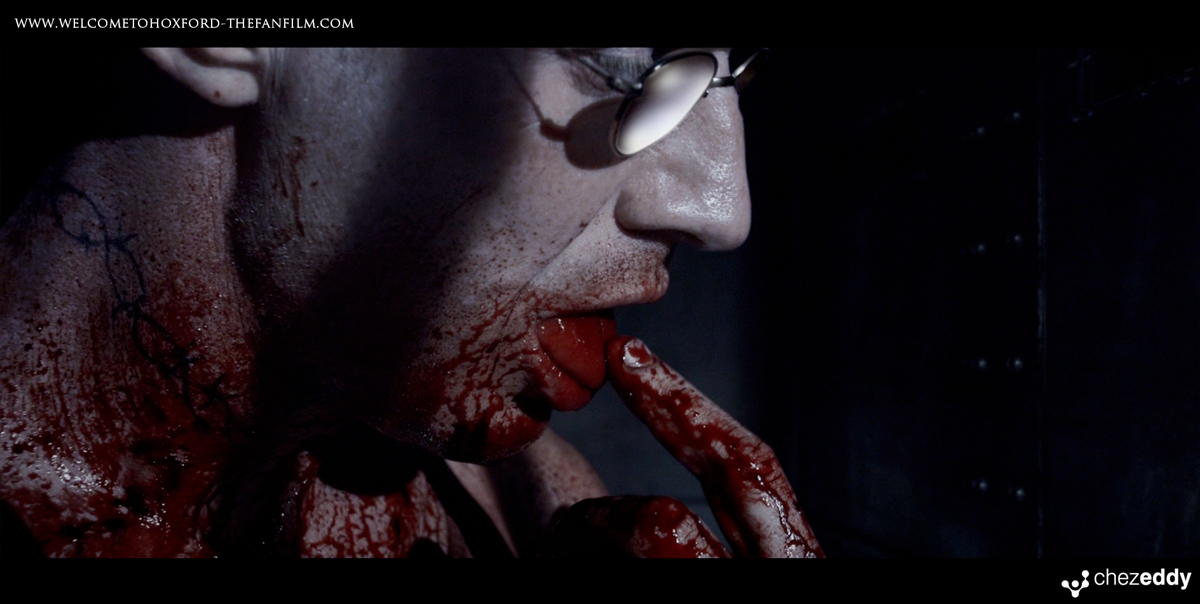 |
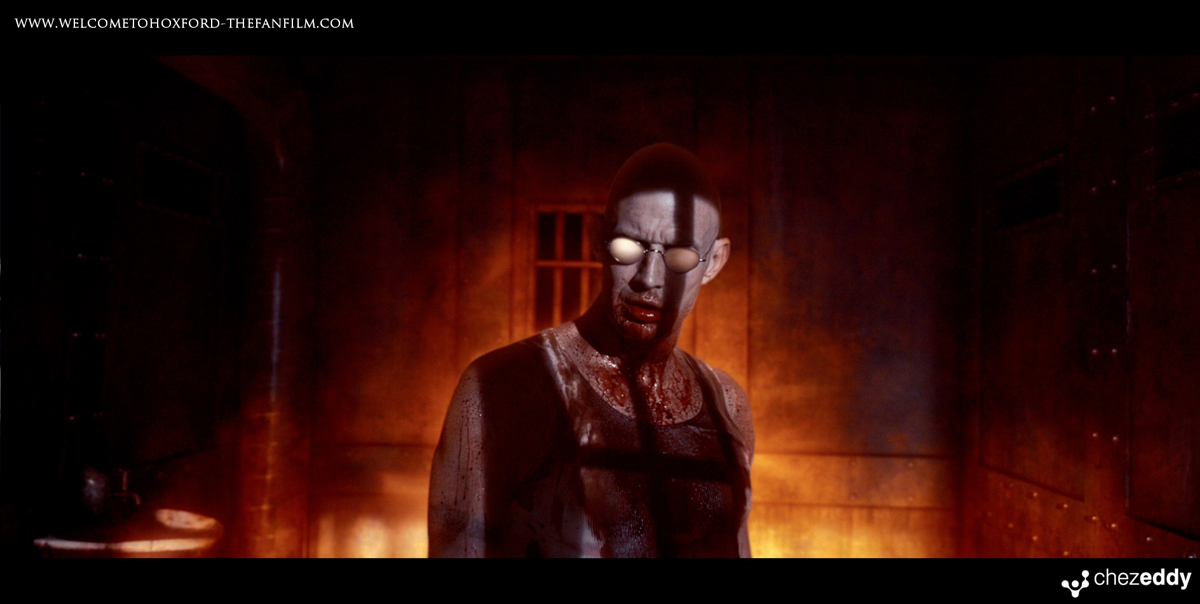 |
The other challenge was the animation of the hundreds of tentacles in that shot. Djelloul Bekri and Sebastien Corne wrote a script to generate and animate each tentacle with an ondular and random system in order to produce the swarming aspect.
 |
 |
Can you tell us about the monsters and their creation?
The Wolf:
At the beginning, we wanted to keep the creatures’s head as a live effect and create an extension for the rest of the body. But we very quickly realized it was easier to recreate the whole beast in 3D to obtain more conclusive results. Nevertheless, we kept the live head whenever it was possible, when the rest of the body was not in frame.
We had to reproduce CG creature identical to Jean Christophe Spadaccini’s in order for the shots to line up.
Then we had to invent the body and the process to find a design that pleased Julien was very long. He wanted a character that was fat and thin, weak but potentially powerful, slow but lurking at the same time. A real headache!
Julien really wanted to go as far as possible from the classical werewolf representation. An innovative design had to be found while staying true to Ben Templesmith’s work. Again, we made some different versions, we started from scratch a few times to get to the final result, very original, and which stays true to the creatures in the comic strip.
The animation and the setup also needed some research in order to define how the beast was going to walk with its unusual proportions.
 |
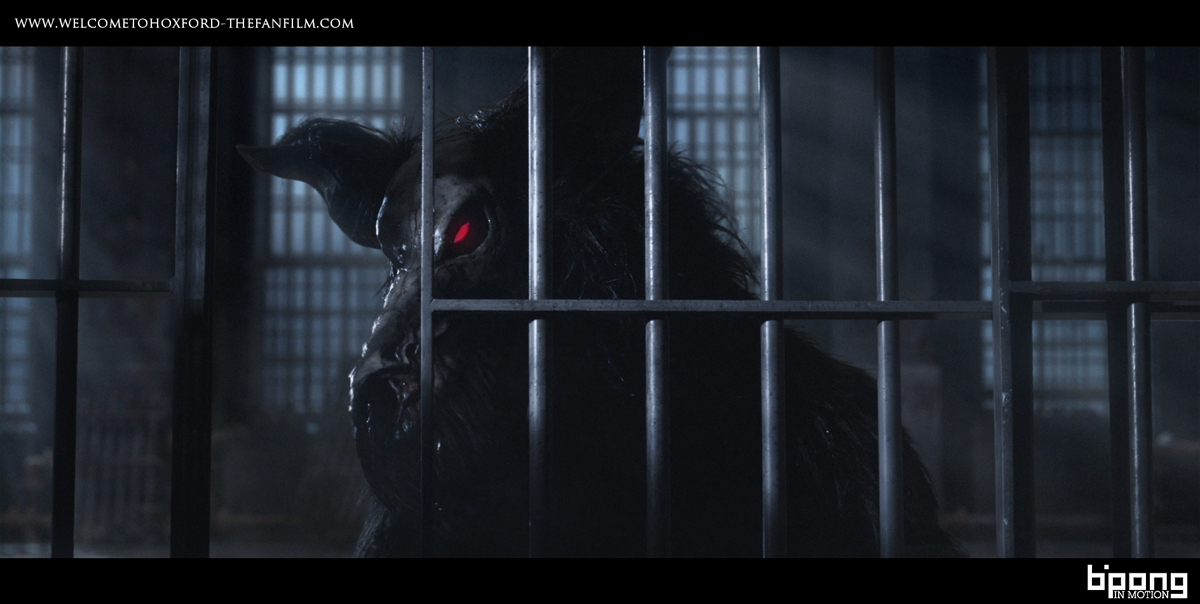 |
Fabrice Lacroix, who was supervising the animation, and Simon Reynaud, who made the rig, reached a good compromise by basing the acting on slow movements punctuated by lurking actions from the wolf. We kept in mind that a creature that almost doesn’t move seems much more menacing, confident and ready to jump on its prey.
In regards to lighting, Mathieu Malard set up an IBL system (image based lighting) with an hdri map photographed during the shoot. Then he added the 3D sets and the lights of the prison that did not exist.
The last touch was produced in Flame, again by Micha Sher, who added life to the prosthesis to line up with the full 3D shots and to blend the whole work.
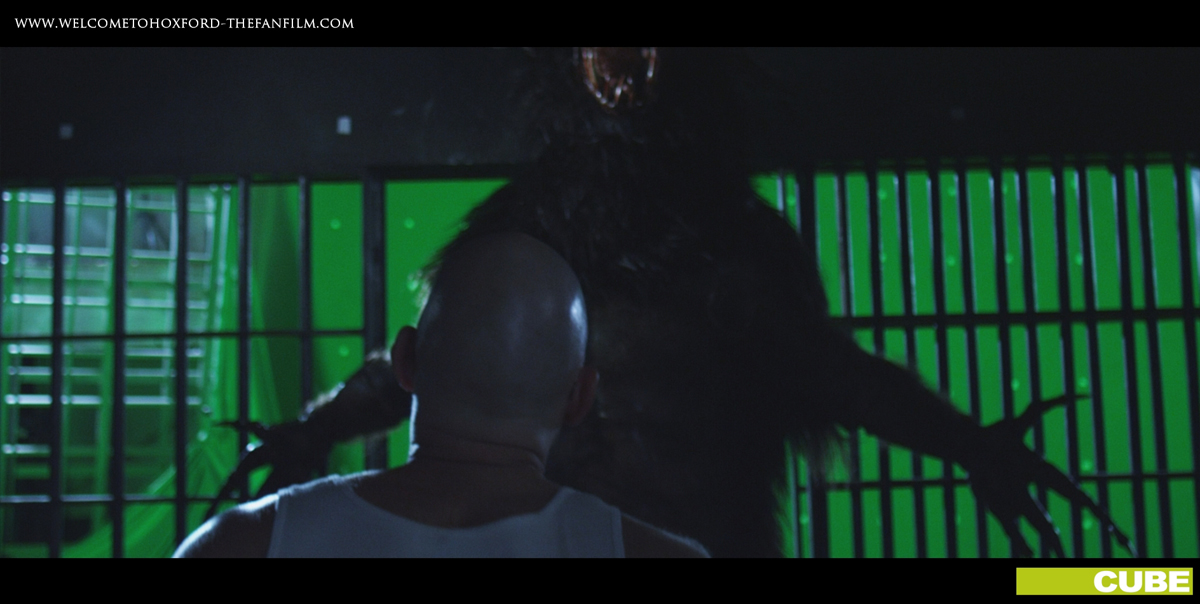 |
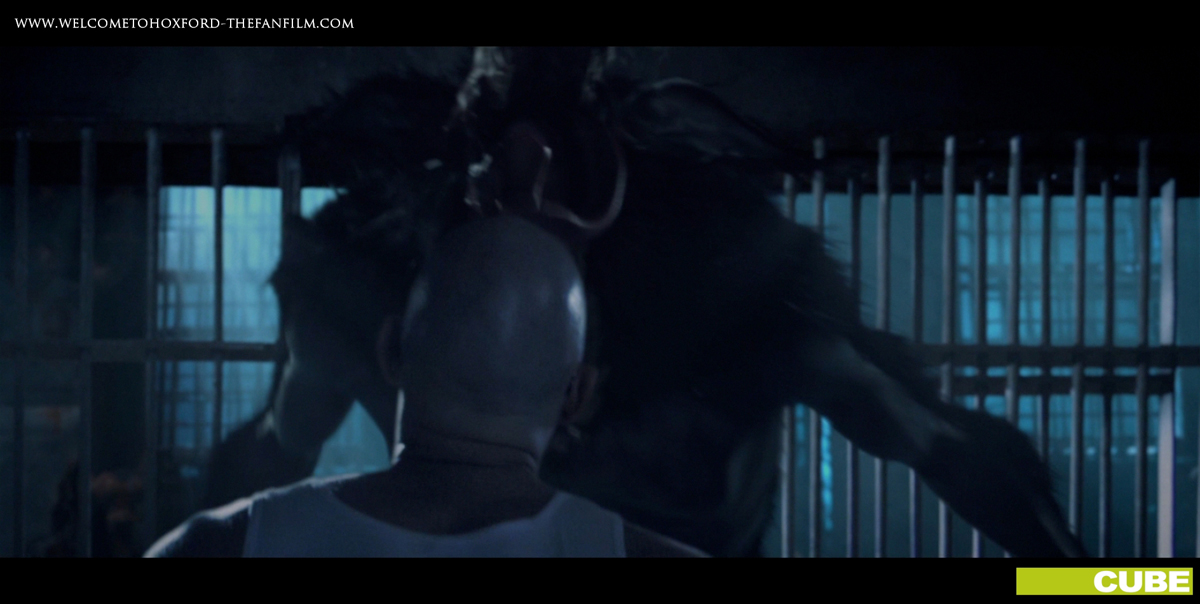 |
The Lion:
It was also a very important character, even though he appears in only two shots. The lion represented a true challenge. We were lucky to have worked with Stephane Levallois who created a great design. The stakes were high, we needed to succeed in reproducing that powerful design in 3D.
Farid Dridi from the GFactory collective managed to recreate all the intentions of the design in the modeling and sculpturing.
We then created a believable facial setup for the lips as well as an automated setup for the tentacles representing his mane. Remi Munier, the rigger, did an amazing job and the result is so successful that the animators wished for more shots. Everyone wanted the character to have more onscreen time.
The project gathers a great amount of Parisian VFX companies. How was it collaborating with them and how did you choose them?
Indeed, a lot of studios responded to our call and I would like to thank them all again for their support and their great work on the project. We worked with Cube Creative Computer Company, Chez Eddy, Circus, Bepong, One More Prod, Cutback, Nightshift, Chez Louis.
Their contribution was made in two ways: some, like Circus, Chez Eddy, Bepong and Cutback took over the shots; others like Cube, One More Prod, Nightshift and Chez Louis opened their doors and provided us with everything we needed for our teams to work.
There’s also the George Melies school that welcomed us for a month. We gave lessons to their students in the morning and in the afternoon, they worked on the film. The idea was to give them an insight into the real production working conditions.
We turned up to each studio in the same manner, with the storyboard and the designs under the arm.
We pretty much knew what to offer to each one of them..
For many, it was the desire to work on a fiction film that attracted them. And the raw images of the shoot were already very nice, a good argument.
We also found out that many companies wished for collaboration with other studios.
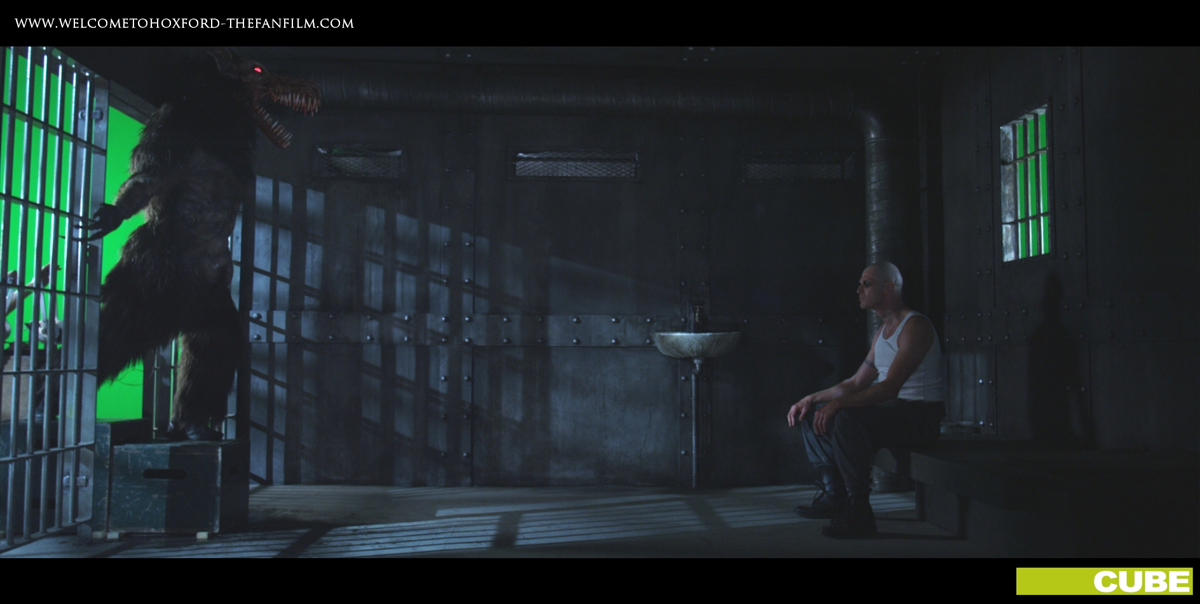 |
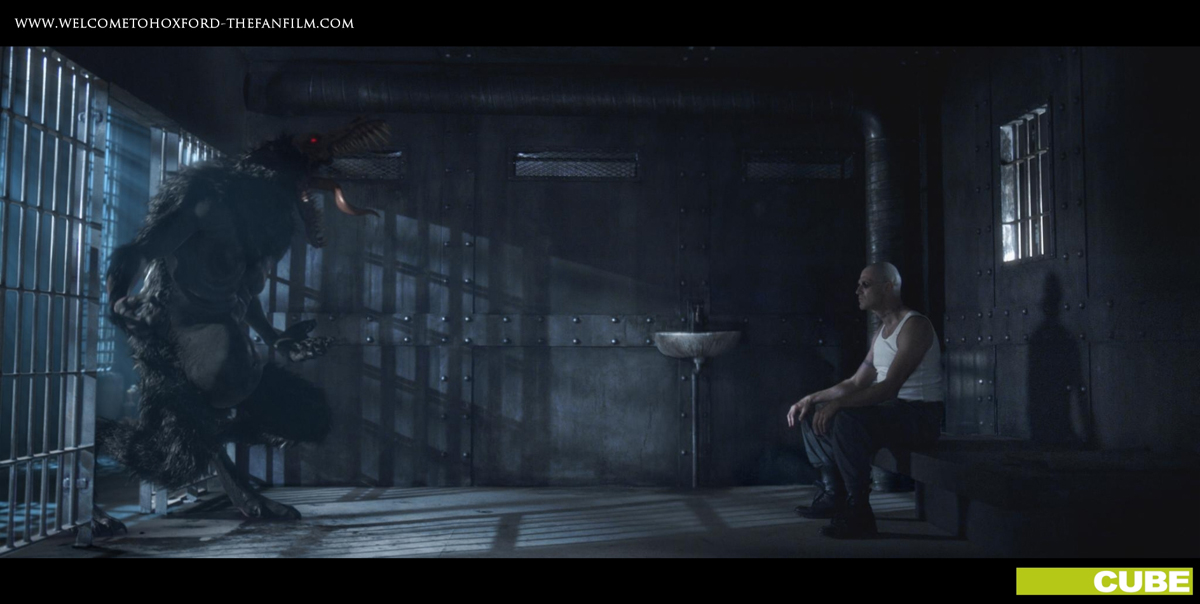 |
Can you also explain how the work was split between the different studios?
First, we split the shots by type of effect / atmosphere, as it would be for a feature film. We went to see the studios and offered them different packages of shots. Each chose what interested them, depending also on the current projects they were working on and their human capacity.
The idea was that every company who worked on the project got something out of it.
The biggest task for me was to coordinate everything. To finish on time, the work had to be split to move faster. Each and everyone agreed on the method and it’s thanks to it that we completed the project.
What pipeline did you put in place in order to keep a visual coherence?
To keep coherence throughout the whole project, I tried to maximize the research by having speedpainting / concept design done in order to lock the universes in their volumes, the lightings and the creatures as early as possible. For the full 3D shots, we even made a lightboard immediately after having created the animatics to gain research time on the 3D. It is above all a coordination job between all the departments so that everyone moves forward in the right direction and avoids setbacks.
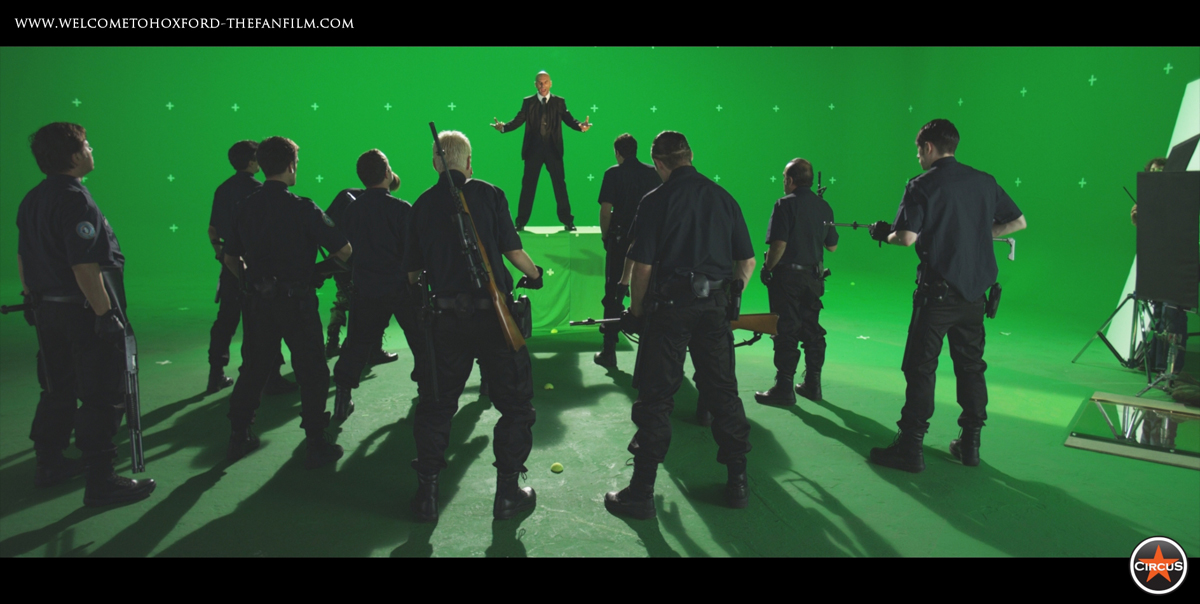 |
 |
What was the main challenge on this project and how did you deal with it?
The main challenge of the project was the amount of effects and the time that was given to produce them without any budget!
To get there, we had to prepare the shoot and the preproduction well so that we could convince people to work with us. We were very lucky to have a seducing project, out of the ordinary. It helped us gather a lot of people.
The big challenge was to keep an artistic as well as a technical coherence over the whole project.
Were there shots that kept you awake at night?
The deadlines for the film were so tight that I didn’t sleep much until the end of the production.
Each shot was a challenge but I think that the visions and the confrontation with the wolf were the most difficult ones.
The attack of the wolf was a crucial scene and we absolutely had to pay tribute to Ben Templesmith and to Jean Christophe Spadaccini’s work.
For the visions, we had to find the look that fit the idea of the director while keeping a believable ambition to deliver something on time.
 |
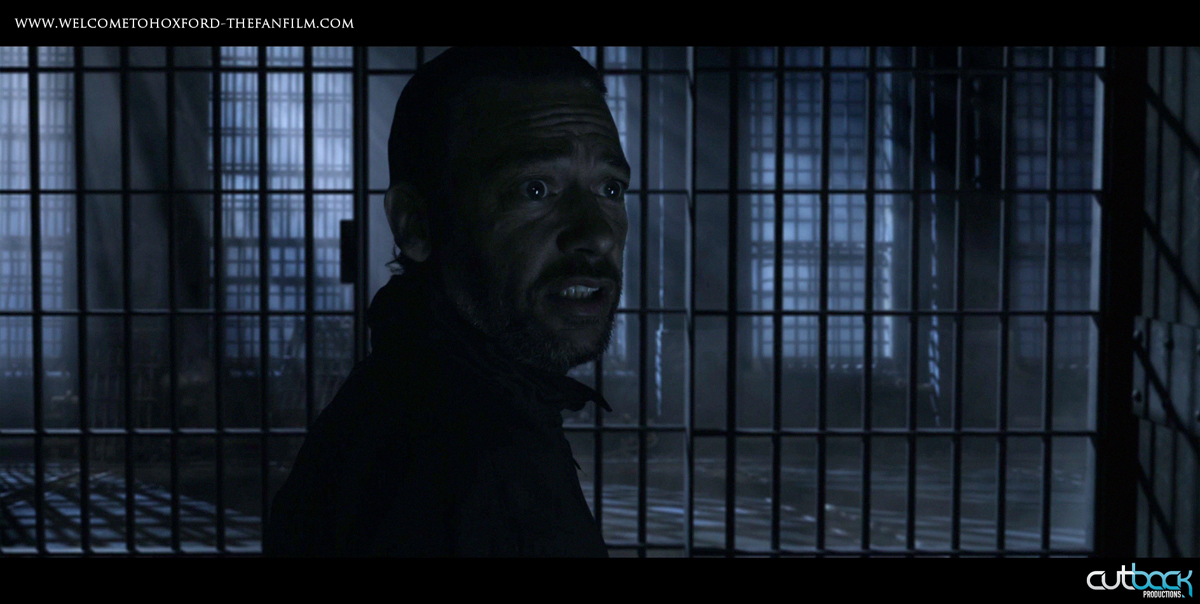 |
How many VFX shots does the movie have?
The film counts 119 shots, 13 of them in full 3D.
How many graphic artists worked on this project?
129 graphic artists were involved in the project as regards the image postproduction!
The core was made of 6-8 people. Then everyone came depending on their availability, their speciality and on what they wanted to do on the project.
For how long did you on this project?
I worked on this film for about nine months, shoot and preproduction included.
Initially, the postproduction was supposed to last 6 months but due to various complications, the work really started in February and finished at the end of April.
What will you keep from this experience?
It was a really rewarding experience from a technical point of view. It was the opportunity to use everything I had learned over the years to use it on a project which really motivated me and for which we had to start from scratch.
Above all, from a human point of view, the project really was an adventure where everyone gave everything.
I don’t think I’ll be able to thank these people enough. They helped us and supported us to the end – a dream team!
What’s your next project?
I hope WELCOME TO HOXFORD will allow us to develop new projects with Julien. We cross our fingers.
Right now, I’m in London working for MPC on WRATH OF THE TITANS.
Which four films made you passionate about cinema?
Ermmmm…
BACK TO THE FUTURE, JURASSIC PARK, ONCE UPON A TIME IN THE WEST, E.T, SHINNING, HEAT, SEVEN, INDIANA JONES, BLADE RUNNER, GREMLINS, TERMINATOR, LEON, SNATCH, JACKIE BROWN … did you say four? (laughs)
Thanks for your time.
// WANT TO KNOW MORE?
– Welcome to Hoxford: Official website of Welcome to Hoxford.
// WELCOME TO HOXFORD – THE FAN FILM
// WELCOME TO HOXFORD – VFX BREAKDOWN
© Vincent Frei – The Art of VFX – 2011


